-
Population26,000 in 2020
-
EDA Investment$50,000 annually$150,000 in 2020
On a sunny October morning, dozens of buffalo transported from Wind Cave National Park in South Dakota were released into a growing herd managed by the Rosebud Sioux Tribe.
Kids pressed against the pen’s metal fences as the buffalo—first one at a time, then all at once—ran out, shaking the ground as they joined what is now the largest Native-owned buffalo herd in the world.
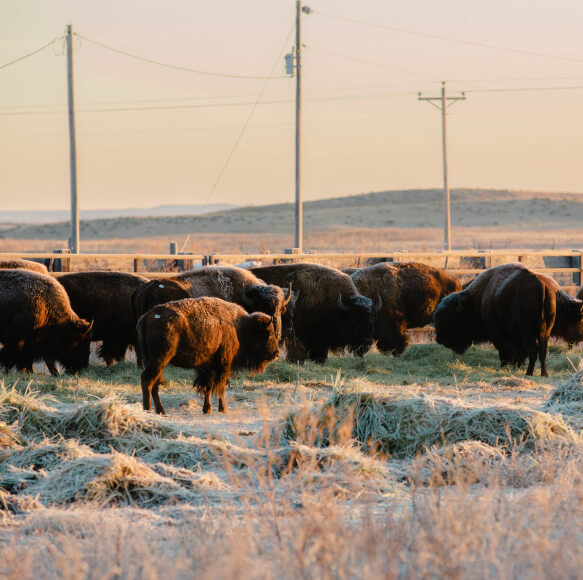
The Wolakota Buffalo Range aims to bring the buffalo back to the people of the Rosebud Sioux Tribe—to reconnect with a time when buffalo were integral to their ancestors’ way of life. Tribal leaders hope that, as these kids grow up, they eventually take the lead in managing the herd, which could serve as both a food source for citizens and an economic development opportunity for the Native nation.
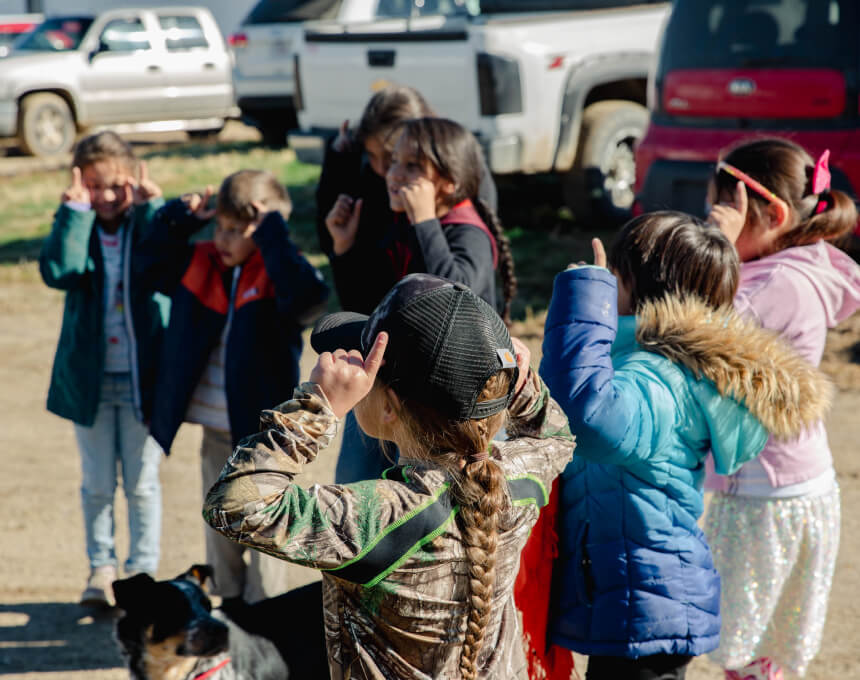
Weaving Lakota values into all aspects of economic development planning is critical to the Rosebud Sioux Tribe. With the help of an ongoing planning partnership with EDA, the Rosebud Economic Development Corporation (REDCO, now known as Sicangu Co), the Tribe’s economic development arm, is leveraging the reservation’s wealth of resources—in both people and land—to revitalize the local economy and help Tribal members reconnect with their culture.
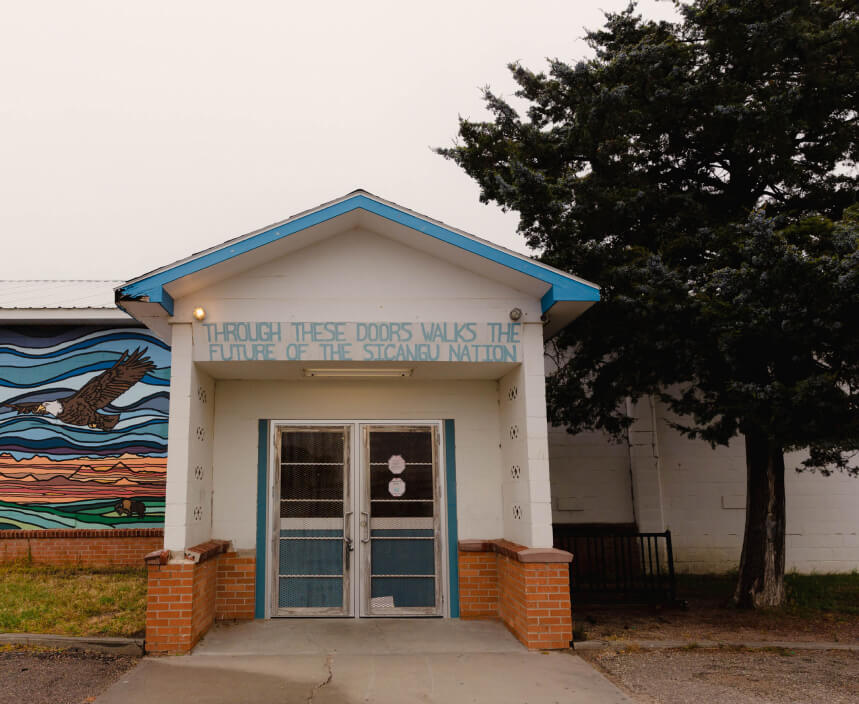
The Rosebud Reservation encompasses around 900,000 acres in what is now known as southern South Dakota. More than 26,000 citizens of the Rosebud Sioux Tribe, or, as they prefer to be called in their native language, the Sicangu Lakota Oyate, live among 20 communities scattered across the sprawling reservation.
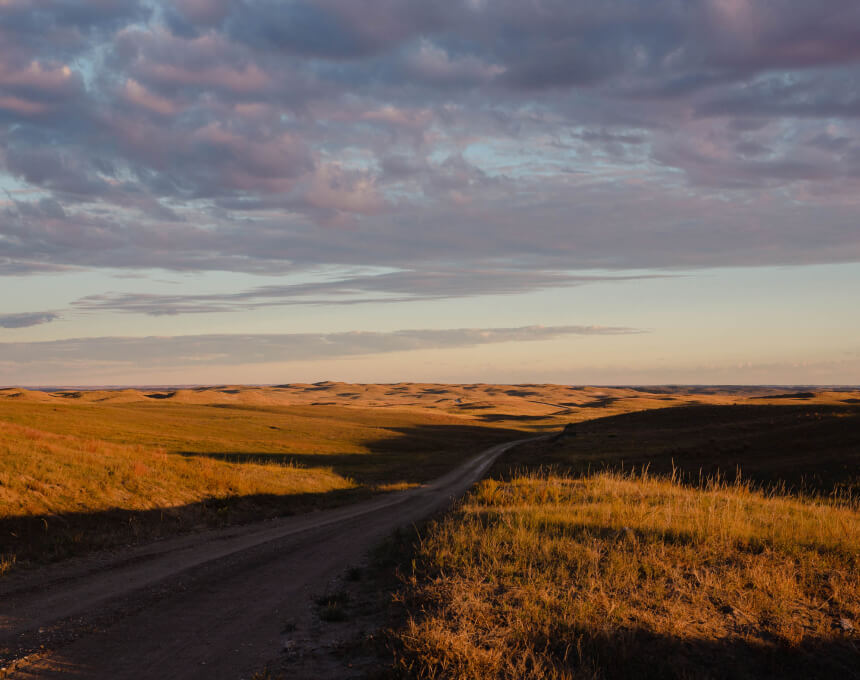
The current reservation sits on a fraction of the millions of acres that originally comprised the Great Sioux Nation. Residents are isolated from large metro areas and services, with the closest major airport 200 miles away and the drive to the reservation’s three grocery stores and one major hospital sometimes taking hours.

With few job opportunities and limited educational attainment on the reservation, unemployment and diabetes rates are high, while incomes and average life expectancies are low. And of the limited income residents do take in, 80 percent leaves the reservation because it lacks so many basic amenities, depriving the Tribe of a major source of revenue.
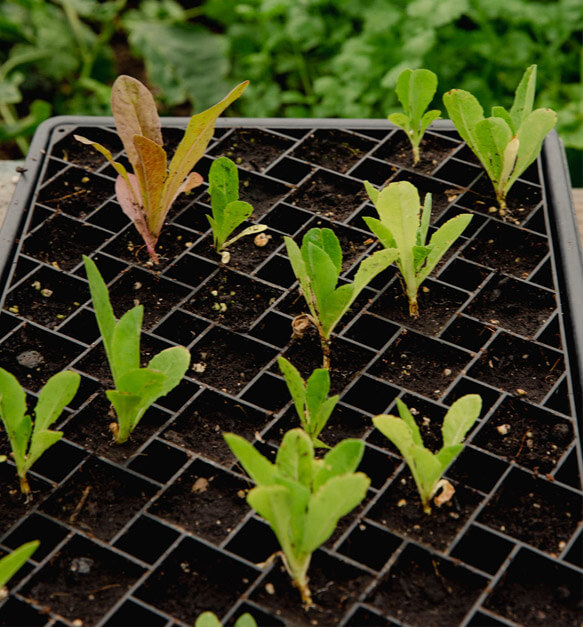
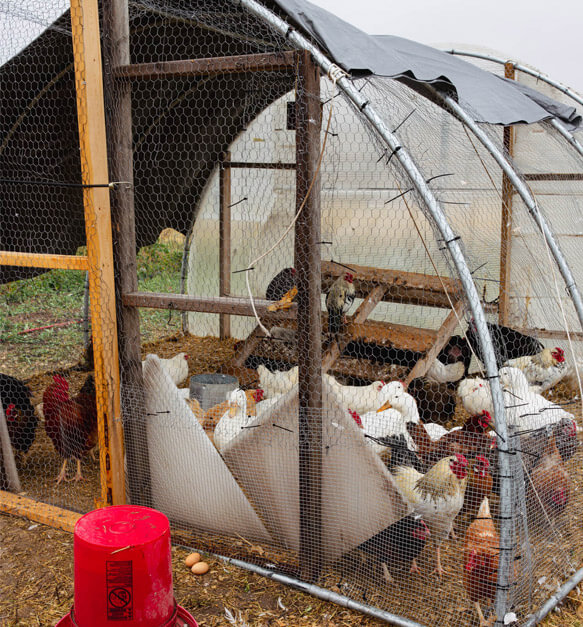
REDCO is trying to tackle those challenges and bring an economic resurgence to the reservation. With its partner organization Sicangu CDC, REDCO has created a Food Sovereignty Initiative and farmers’ markets to promote healthy eating...

an immersion school to teach kids the Lakota language and values...
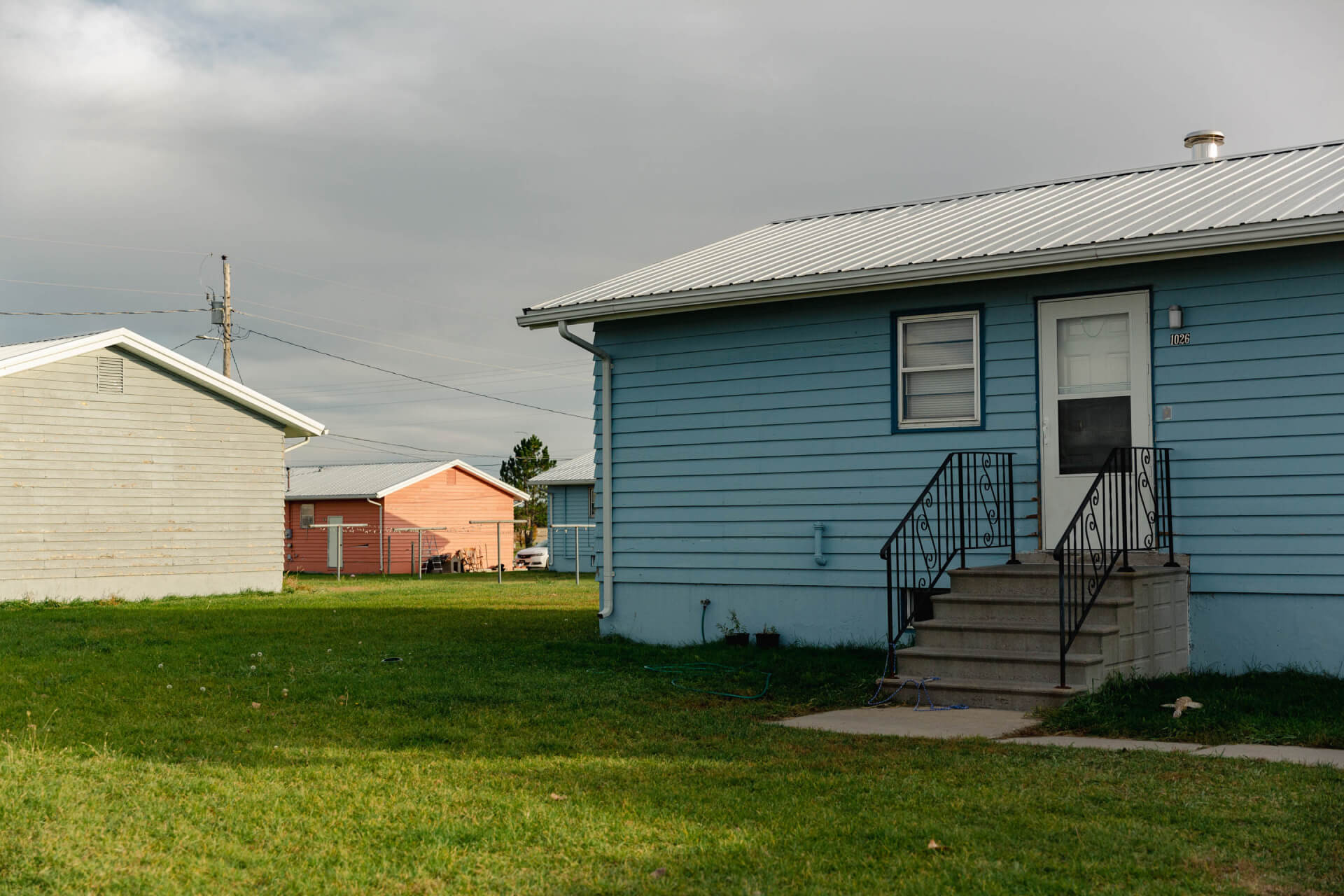
a community development financial institution to offer homeownership and small-business loans and classes...

and plans for a future multiuse development that will offer new homes and business space.

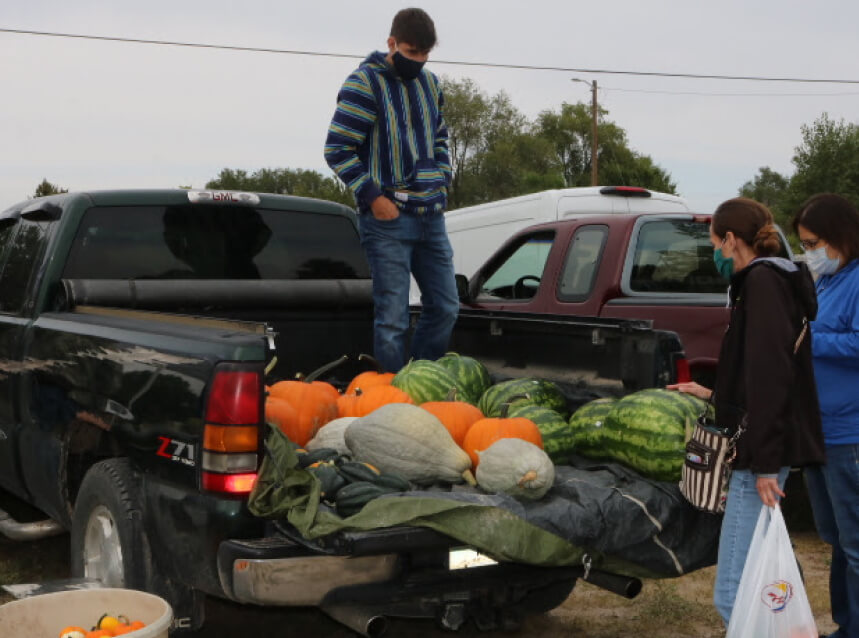
During the COVID-19 pandemic, REDCO’s economic development efforts, and its partnership with EDA, became even more critical. In 2020, the Rosebud Sioux Tribe was one of a couple dozen tribes to receive a CARES Act Recovery Assistance Grant from EDA to help their community respond to the pandemic.
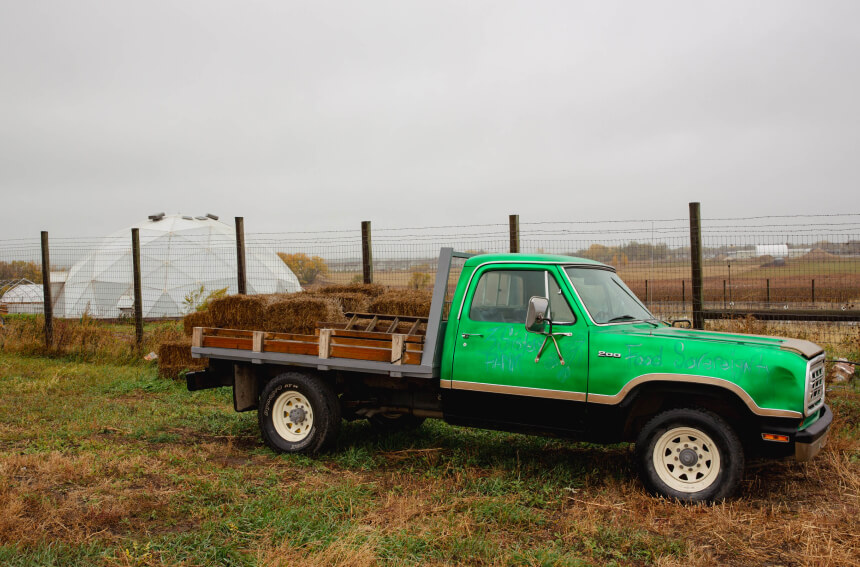
Through the grant, REDCO aims to develop an agriculture plan that maps out how the Tribe could become more self-sufficient during crises and how to take advantage of their land to build toward food independence.
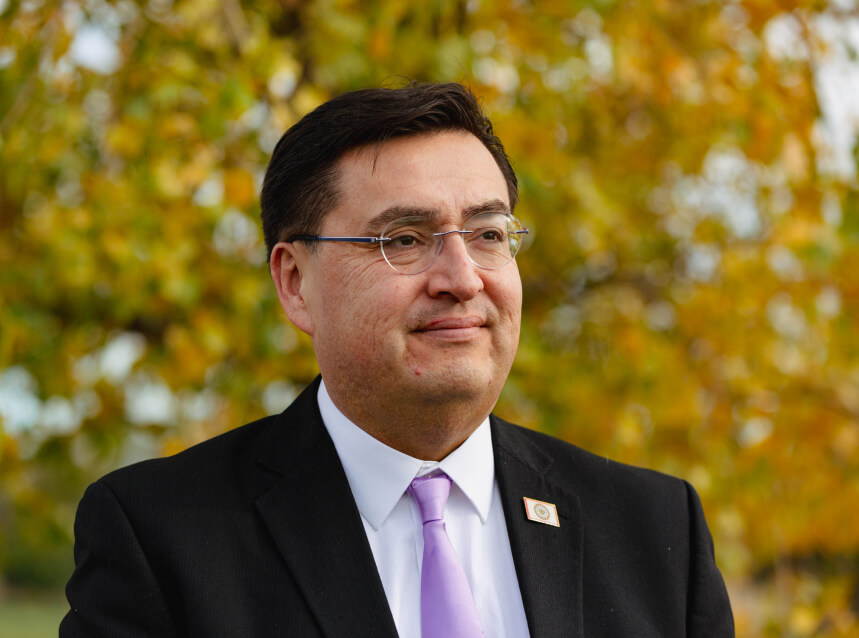
EDA’s ongoing planning investments have helped fund local expertise and capacity, ensuring that people like Michael LaPointe, the economic development specialist for REDCO and a citizen of the Rosebud Sioux Tribe, can figure out how to achieve full employment on the reservation.
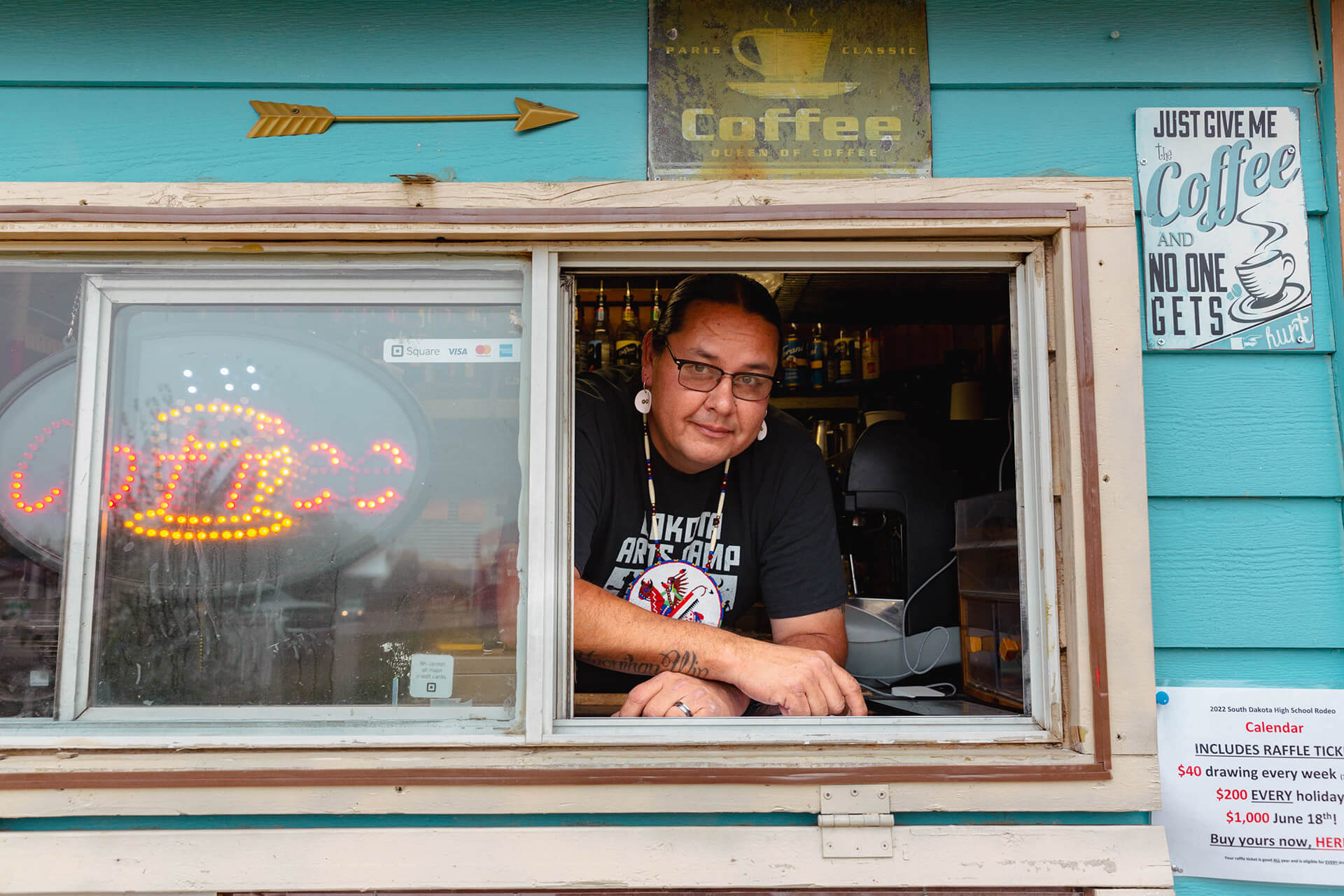
“It’s cheaper to fund jobs than have people live in a welfare state and live in terrible health care scenarios,” LaPointe said. “It’s my goal to pursue the development of providing jobs for 11,510 Rosebud Sioux Tribal members within a five-year period. We do that, we end poverty here.”
Credits
Images (in order of appearance):
- Video by Emily Peiffer for the Urban Institute
- Photo by Rhiannon Newman for the Urban Institute
- Photo by Rhiannon Newman for the Urban Institute
- Photo by Rhiannon Newman for the Urban Institute
- Photo by Rhiannon Newman for the Urban Institute
- Photo by Rhiannon Newman for the Urban Institute
- Photo by Rhiannon Newman for the Urban Institute
- Photo by Rhiannon Newman for the Urban Institute
- Photo by Rhiannon Newman for the Urban Institute
- Image courtesy of Rosebud Economic Development Corporation
- Image courtesy of Rosebud Economic Development Corporation
- Image courtesy of Rosebud Economic Development Corporation
- Image courtesy of Rosebud Economic Development Corporation
- Image courtesy of Rosebud Economic Development Corporation
- Photo by Rhiannon Newman for the Urban Institute
- Photo by Rhiannon Newman for the Urban Institute
Explore More
-
New Orleans, LouisianaCentering community voice to rectify a history of demolition and disinvestment
-
Park City, UtahTransforming a mountain “ghost town” into a tourist destination
-
Bloomsburg, PennsylvaniaRetaining hundreds of jobs through disaster relief in Columbia County